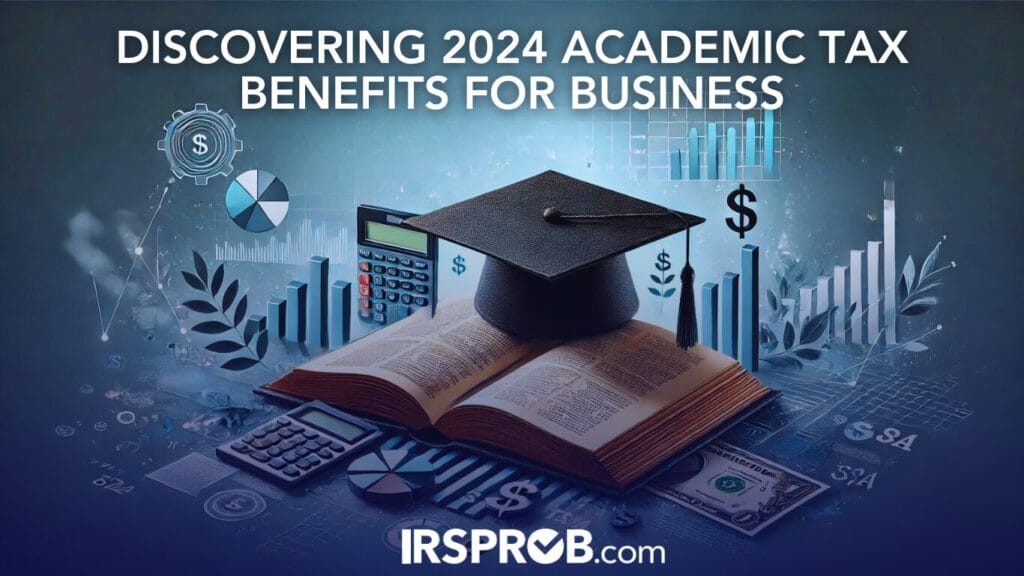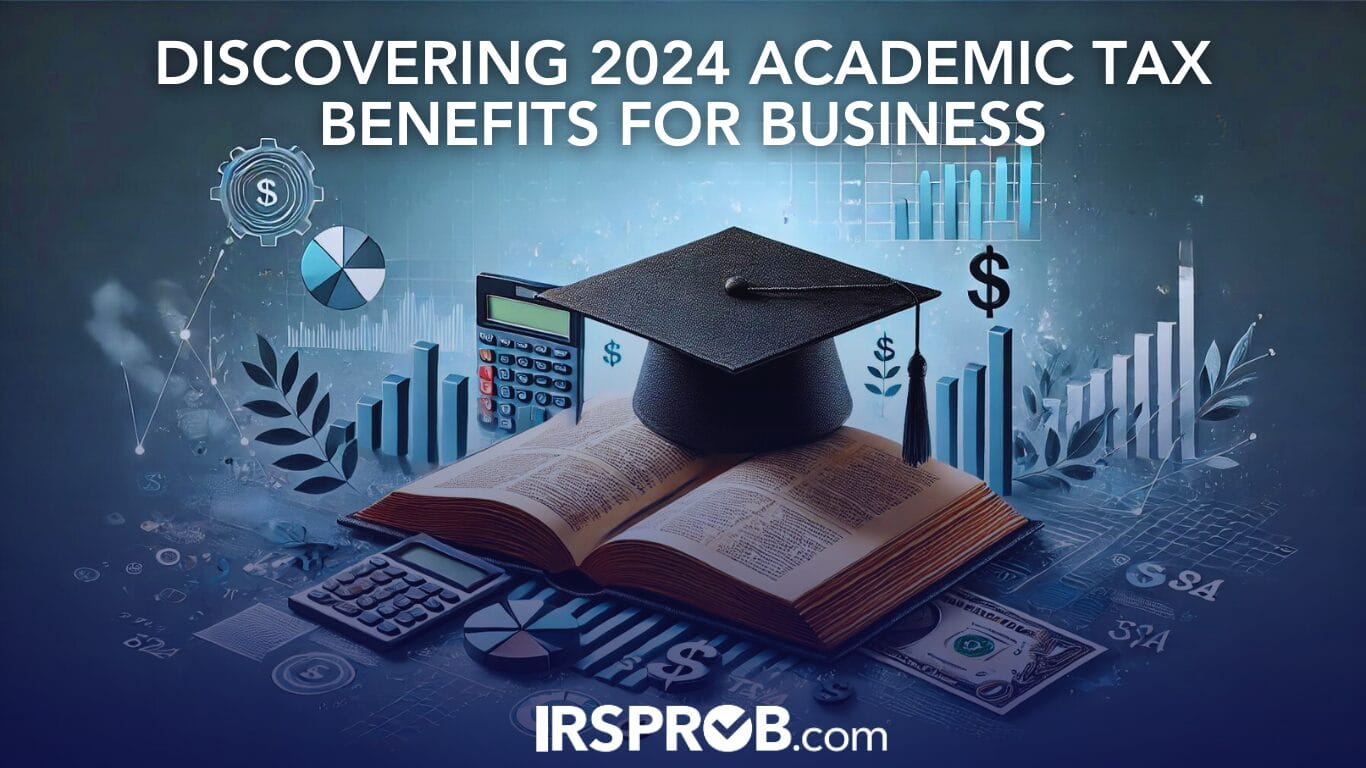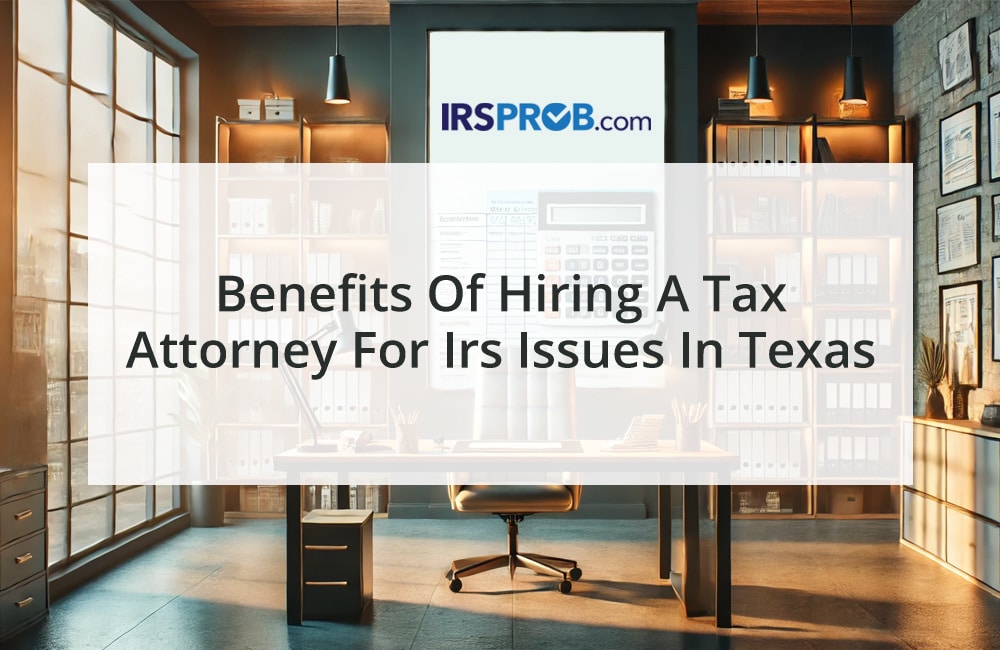
As a business owner, it’s essential to stay updated on all tax benefits available—not just those directly tied to your business, but also those that affect your family and employees. In 2024, the U.S. tax code offers several education tax benefits that can make a substantial difference if you, your spouse, or your dependents are pursuing higher education. Understanding these opportunities can help you save money and maximize tax advantages.
Key Education Tax Benefits
There are multiple tax benefits available if you are paying for tuition, fees, and other qualified education expenses. Here’s a breakdown of the primary credits, deductions, and exclusions available in 2024.
1. American Opportunity Credit
The American Opportunity Credit (AOC) provides up to $2,500 per eligible student per year. This credit can be particularly beneficial for families or small business owners with dependents in their first four years of higher education. The AOC covers 100% of the first $2,000 of qualified education expenses and 25% of the next $2,000, allowing for a maximum credit of $2,500 per student.
Important Note: If your adjusted gross income (AGI) is between $80,000 and $90,000 ($160,000 to $180,000 for married filing jointly), the credit begins to phase out. Also, 40% of this credit is refundable, meaning you can receive up to $1,000 even if you owe no tax.
2. Lifetime Learning Credit
The Lifetime Learning Credit offers up to $2,000 per tax return and applies to all years of postsecondary education, making it more flexible than the AOC. It can cover tuition and required enrollment fees, but unlike the AOC, it is not refundable.
Like the AOC, the Lifetime Learning Credit is subject to income limitations. For 2024, the credit phases out between $80,000 and $90,000 in modified AGI ($160,000 to $180,000 for married couples filing jointly).
3. Deductions for Education Expenses
In addition to credits, you may be eligible to deduct certain education expenses from your income. One common deduction is for student loan interest, allowing you to deduct up to $2,500 in interest paid on qualified student loans. This deduction is particularly useful for business owners with significant educational debt.
You can also deduct business-related education expenses on Schedule C or Schedule F if the education maintains or improves skills needed for your business. For example, if you’re attending courses that directly relate to your trade or business, you can potentially deduct the costs of tuition, fees, books, and other supplies.
4. Penalty-Free IRA Withdrawals
If you need to dip into your IRA for educational expenses, there’s good news: you can do so without incurring the 10% penalty for early withdrawal. This exception applies to traditional and Roth IRAs if the funds are used for qualified education expenses for yourself, your spouse, children, or even grandchildren.
5. Education Savings Plans
Although contributions to 529 Plans and Coverdell Education Savings Accounts (ESAs) are not deductible on your federal return, the earnings grow tax-free. When you withdraw the funds for qualified educational expenses, no tax is owed. You can use a 529 Plan for higher education as well as up to $10,000 per year for K-12 tuition.
Business owners should consider these plans if they want to save for their children’s education while receiving tax benefits in the future. Additionally, Coverdell ESAs allow for contributions up to $2,000 per year per beneficiary and can be used for both K-12 and higher education expenses.
Additional Strategies to Maximize Your Benefits
- Plan for Coordination of Benefits In some cases, you can combine education credits and deductions for even greater tax savings. For instance, the student loan interest deduction can be claimed alongside an education tax credit, as long as you’re using different educational expenses for each benefit.
- Leverage Employee Educational Assistance Programs If you offer educational assistance as a perk to your employees, you can exclude up to $5,250 from each employee’s taxable income annually. This can help you attract and retain talent while offering a tax-advantaged benefit.
- Consider the Timing of IRA Distributions If you or your spouse are pursuing education, timing IRA withdrawals carefully can help you cover expenses while avoiding penalties. However, remember that the withdrawal will still be subject to ordinary income tax, so plan accordingly to minimize your tax burden.
Conclusion: Take Advantage of Education Tax Benefits
For business owners, staying informed about available tax credits and deductions is key to keeping more money in your pocket. Whether you’re sending a child to college, improving your skills, or offering education assistance to employees, 2024’s education tax benefits can provide significant savings.
By planning strategically, you can take advantage of multiple tax benefits, avoiding missed opportunities and ensuring you’re not leaving money on the table. As with all tax matters, consult a tax professional to make sure you’re optimizing your tax situation effectively.








